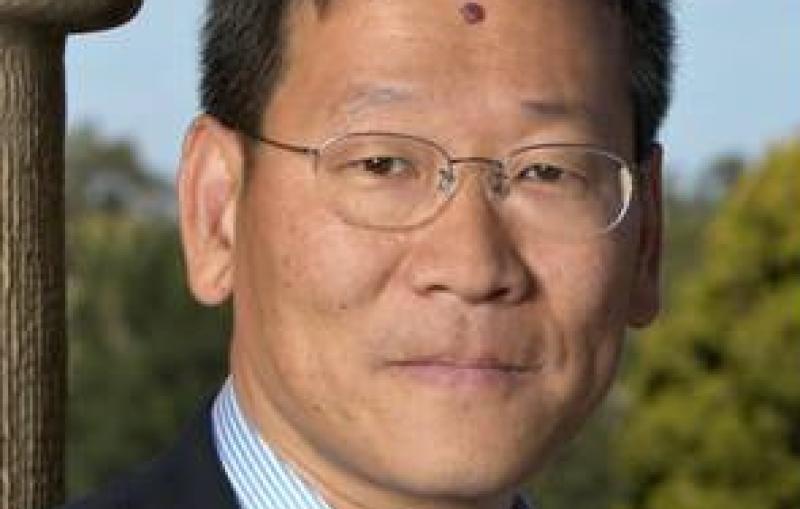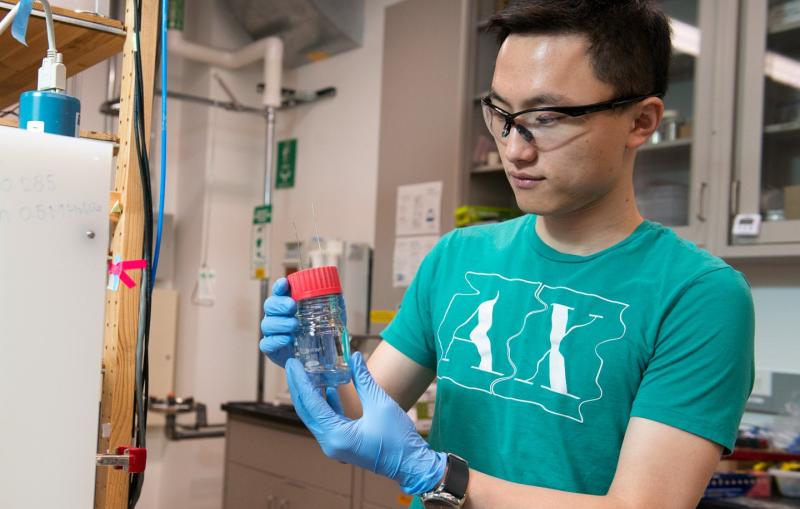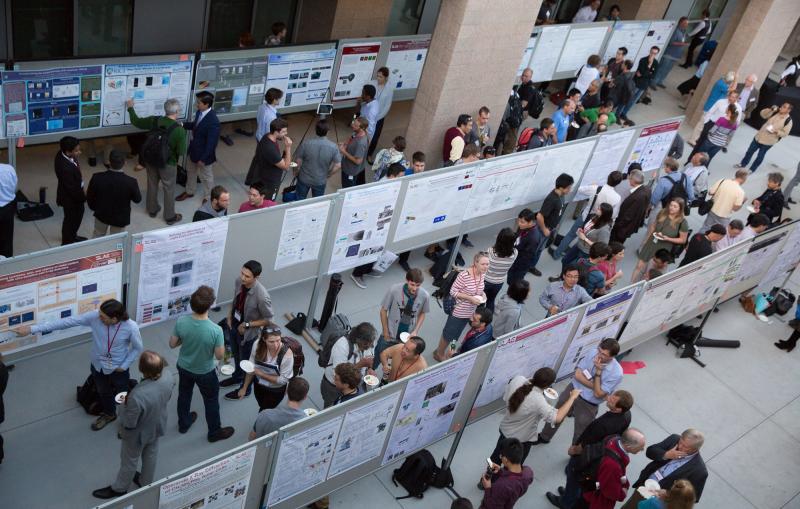
News Feature
VIA Stanford News
For Platinum Catalysts, a Tiny Squeeze Gives a Big Boost in Performance


One of the most urgent challenges of our time is discovering how to generate the energy and products we need sustainably, without compromising the well-being of future generations by depleting limited resources or accelerating climate change. SLAC pursues this goal on many levels.


